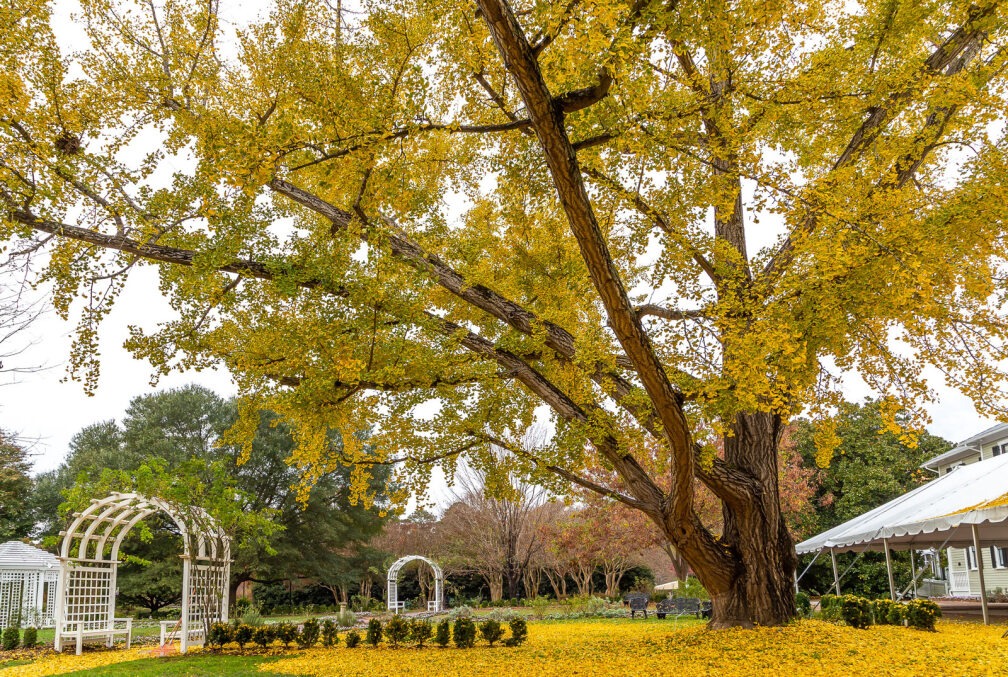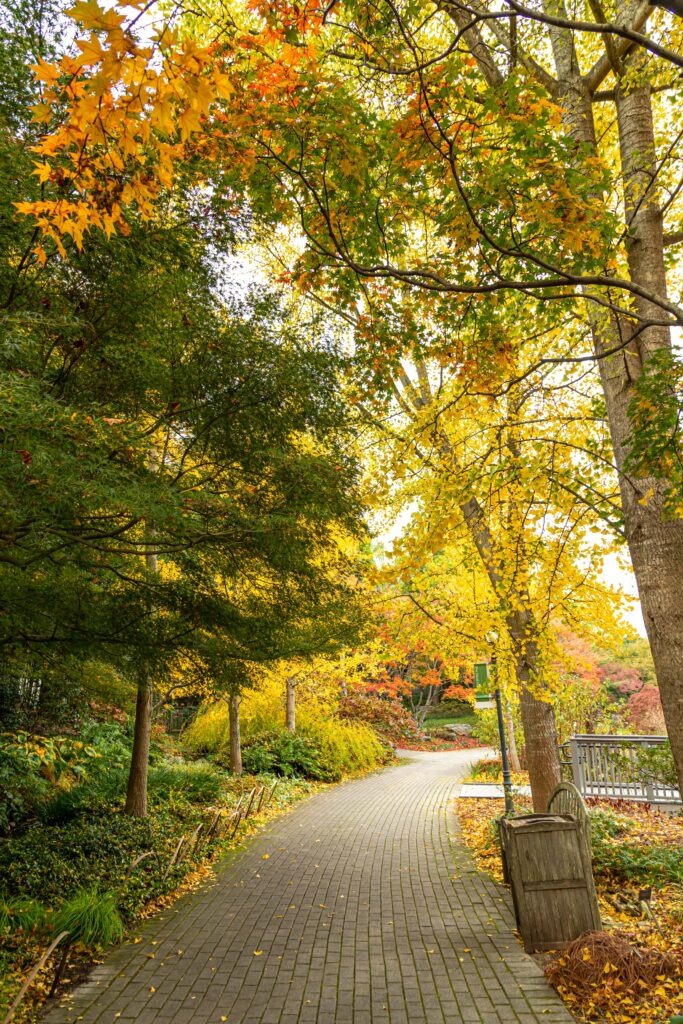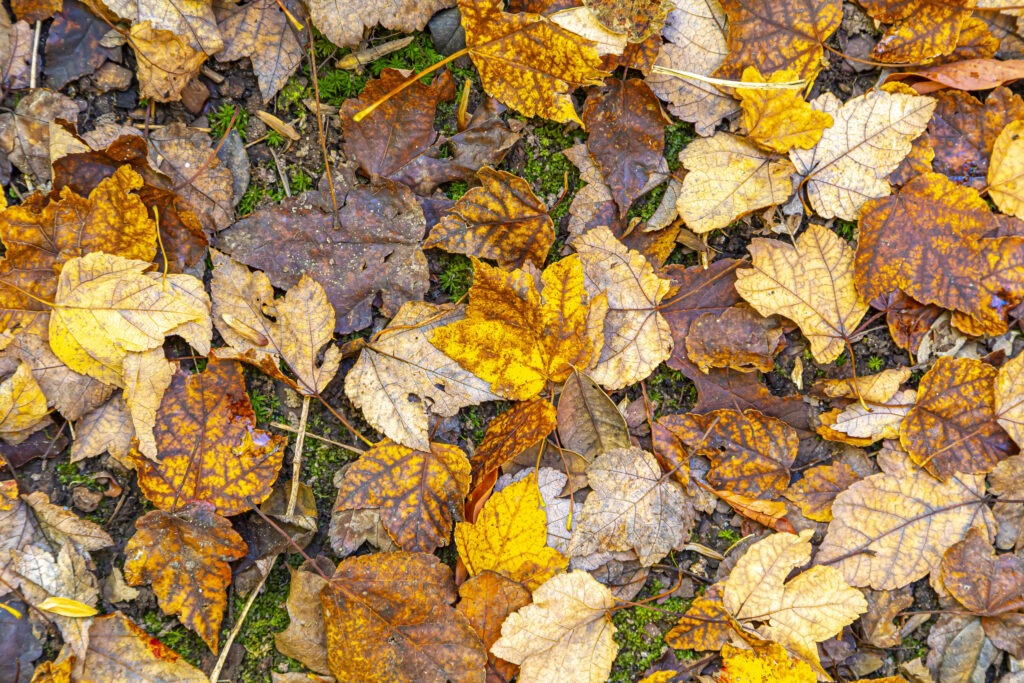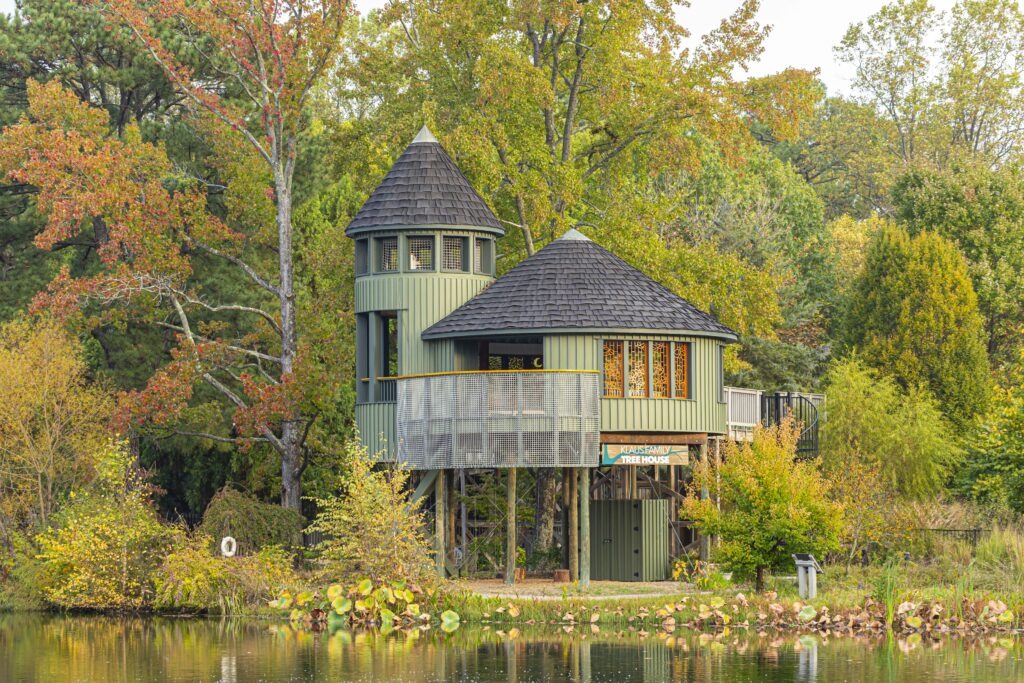Before the Fall
Nature has kept one of her most colorful secrets hidden for months now. Since early spring, she has dressed her deciduous trees in regulation green. Then, through some sartorial sleight of hand, she replaces their monochromatic uniforms with a kaleidoscope of fall color. Almost all of the color has been there all along.
Why do leaves change color in autumn?
Chlorophyll is the green pigment that makes photosynthesis possible: it enables plants to convert light energy from the sun into chemical energy for food. Because it is the most abundant pigment in plants, chlorophyll makes leaves look green during the growing season. It absorbs light from the red and blue part of the spectrum while reflecting green light into our eyes, masking pigments like yellow and orange. As autumn approaches, the diminishing daylight causes chlorophyll production to slow and then stop. The green goes away with it, revealing the oranges and yellows that have been there since the beginning.
Now, nature unveils a new palette of pigments.
Sycamore, birch, hickory and ash leaves are alight with the signature golds and ambers of carotenoids – the yellow and orange pigments that are also responsible for the color of corn, carrots, bananas and buttercups.
Tannins emerge, coloring the leaves of oaks and beeches with their creamy browns and coppers.
Anthocyanins, the pigments that infuse cranberries, concord grapes, purple cabbage and cherries with their familiar reds, violets and deep pinks, bestow their regal splendor on maples, red oaks and sumacs.
Why do leaves fall?
As winter approaches, the colorful leaves of deciduous trees become a liability. Their fluid-filled cells would freeze and rupture in the coming cold, making them unable to fulfill their life-sustaining purpose. So, the trees rid themselves of the risk, making way for a new generation of leaves come spring.
Nature creates special cells to separate a leaf from its branch. Called abscission cells, their name comes from the same root that the word “scissors” comes from, meaning “cutting tool.” A thin layer of abscission cells begins to form at the base of each stem in early autumn, gradually detaching the leaf from its tree. About a week after fall color reaches its peak, the separation is complete. With nothing left to hold on to, weighed down by its own mass or carried off by the wind, the leaf lets go.
The alchemy and artistry of autumn has come to an end.
Where can I see autumn leaves at the Garden?
From the foliage-lined paths in the Henry M. Flagler Garden to the bright-yellow ginkgo in Grace Arents Garden to the reflections of the fall trees around Sydnor Lake, there are many places to take in the vivid hues of the season. See our horticulture team’s favorite places to see fall colors at the Garden here.





